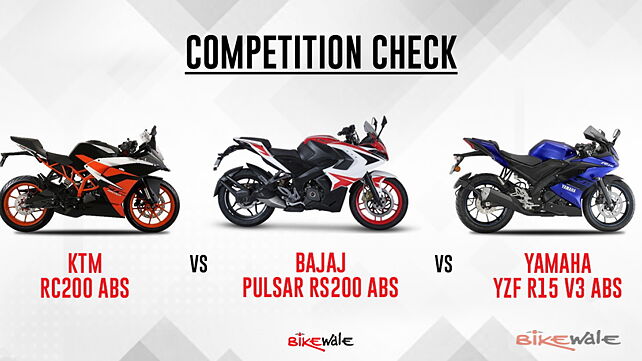
KTM has recently launched the ABS version of its fully-faired motorcycle, the RC200. The addition of the safety net has increased its price by Rs 9000 which amounts to Rs 1.88 lakhs (ex-showroom). The KTM RC200 ABS faces competition from two other similar motorcycles including the Yamaha YZF R15 V3 ABS and the Bajaj Pulsar RS 200 ABS. Let’s see which one is better on paper.

Design and Features –
Starting with the KTM RC200, the motorcycle received a cosmetic change in 2017 which brought orange wheels and new livery. Overall, it is a quintessential sportsbike with leaned forward stance, clip-on handlebars and high-set tail section. It misses out on LED headlamps and gets projector lamps instead but, the instrument cluster is fully-digital which shows plenty of information.
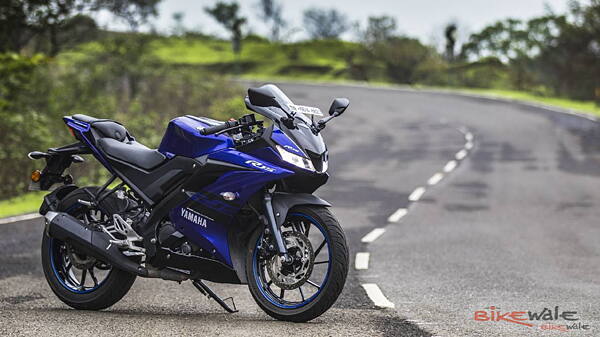
As for the Yamaha YZF R15 V3, it takes design inspiration from its older siblings, R1 and R6. The front section consist of petite twin LED headlamps, angular fairing and a tail section which closely resembles its high-capacity versions. The instrument cluster on the R15 V3 is a rectangular LCD unit. There’s also a Motogp edition of the bike which comes with a racy livery.
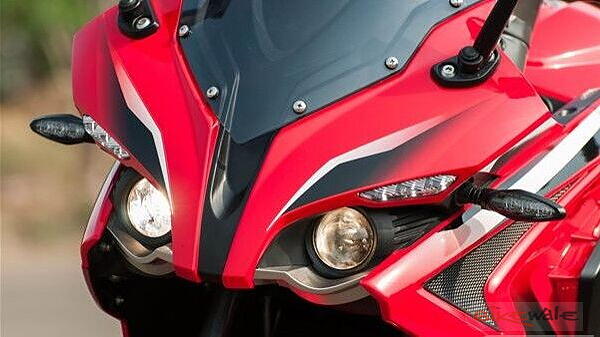
The Pulsar RS 200 is Bajaj’s only fully-faired motorcycle and gets styling which can be noticed from a distance. Its front fascia looks aggressive and so does the chiseled fairing and fuel tank. The angry-looking face houses twin projector headlamps while the tail lamp is LED. Unlike the Yamaha and KTM, the Pulsar RS 200 sports a semi-digital instrument cluster.
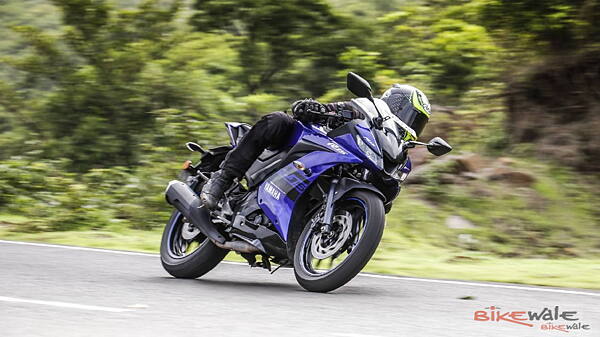
Engine –
The KTM RC200 is powered by a 199.5cc, single-cylinder, liquid-cooled motor that churns out 24.6bhp and 19.2Nm of torque. Meanwhile, the Bajaj RS 200 features the same engine but it has been tuned to deliver power differently. It pumps out 24.5bhp of power and 18.6Nm of torque. As for the Yamaha R15, it gets the smallest engine but a highly potent 155cc, liquid-cooled unit that is good for 18.7bph and 15Nm. Yamaha has also integrated the VVA (variable valve actuation) tech for optimized power delivery. While all the three bikes incorporate six-speed gearbox, only the Yamaha R15 features slipper clutch.
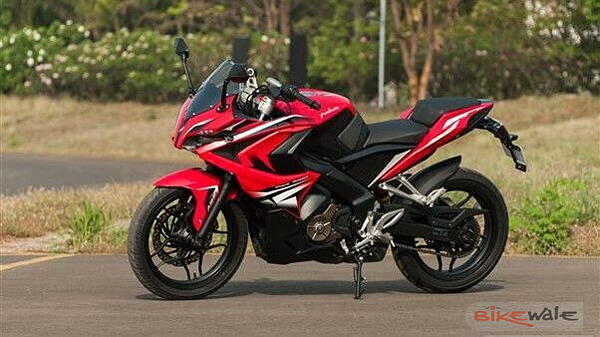
Cycle Parts –
The Bajaj Pulsar RS 200 is based on a steel perimeter frame which is suspended on telescopic front forks and rear monoshock. The braking is taken care of by a 300mm disc on the front and 230mm disc at the rear accompanied by a single-channel ABS.

The mechanical bits of the RC200 are more premium. The motorcycle is suspended on USD (upside down) forks on the front and monoshock at the rear. Underpinned by steel trellis frame, braking duties are handled by disc brakes on both the ends while ABS is a single-channel setup.
Braking department is where the Yamaha YZF R15 V3 earns extra points as, along with the front and rear discs, it comes equipped with dual-channel ABS. Based on a deltabox frame, it uses telescopic front forks and monoshock at the rear.
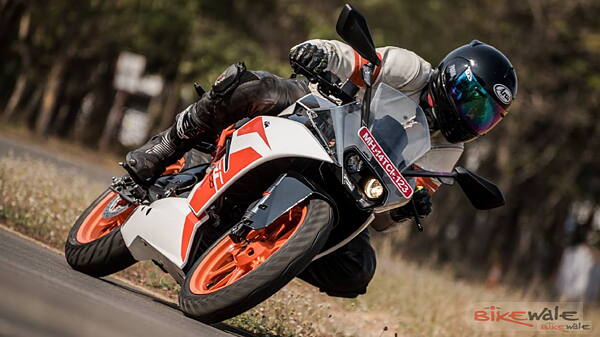
Pricing –
The Bajaj Pulsar RS200 ABS is the most affordable of the lot as it comes for Rs 1.38 lakhs. The YZF R15 V3 ABS, despite having the smallest engine, is Rs 1,000 expensive than the Bajaj. However, with the dual-channel ABS, slipper clutch and VVA tech, the price tag seems to be justified. Meanwhile, with its high-revving motor and premium cycle parts, the KTM RC200 ABS is most expensive at Rs 1.88 lakhs.
(all prices are ex-showroom)

![KTM RC 200 [2020] Image KTM RC 200 [2020] Image](https://imgd.aeplcdn.com/272x153/bw/models/ktm-rc-200-bs-vi20200928131706.jpg?q=80)
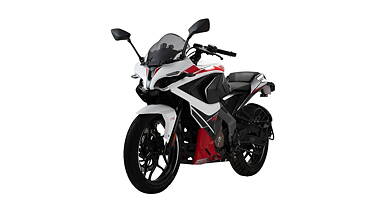
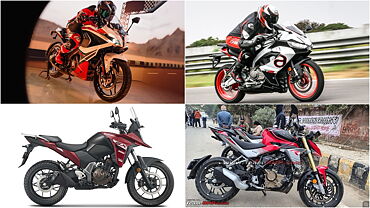
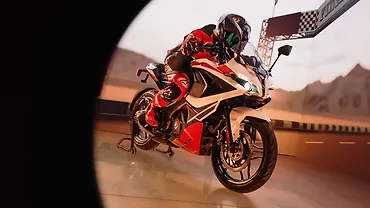
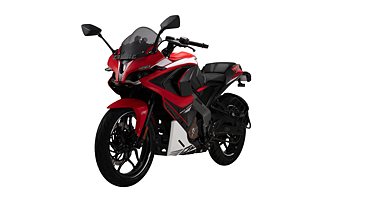


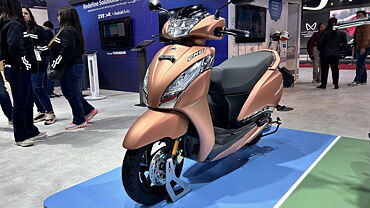
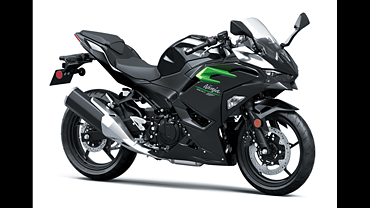
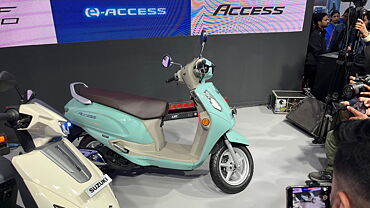
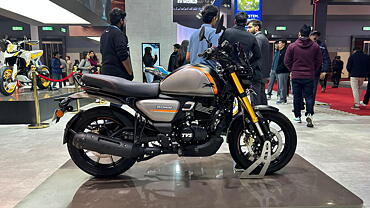



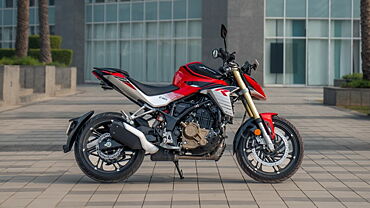

![KTM RC 200 [2020] Wheels-Tyres KTM RC 200 [2020] Wheels-Tyres](https://imgd.aeplcdn.com/199x112/n/cw/ec/45489/ktm-rc-200-wheels-tyres7.jpeg?q=80)
![KTM RC 200 [2020] Exterior KTM RC 200 [2020] Exterior](https://imgd.aeplcdn.com/199x112/bikewaleimg/ec/1889/img/m/ktm-rc-200-10449_l.jpg?v=201711021421&q=80)
![KTM RC 200 [2020] Exterior KTM RC 200 [2020] Exterior](https://imgd.aeplcdn.com/199x112/bikewaleimg/ec/1889/img/l/ktm-rc200-exterior-10451.jpg?v=201711021421&q=80)
![KTM RC 200 [2020] Front Three-Quarter KTM RC 200 [2020] Front Three-Quarter](https://imgd.aeplcdn.com/199x112/n/cw/ec/45489/ktm-rc-200-front-three-quarter0.jpeg?q=80)
![KTM RC 200 [2020] Badge KTM RC 200 [2020] Badge](https://imgd.aeplcdn.com/468x263/n/cw/ec/45489/ktm-rc-200-badge1.jpeg?q=80)
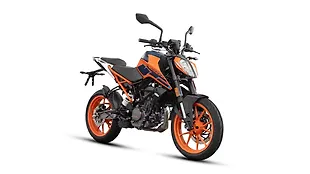
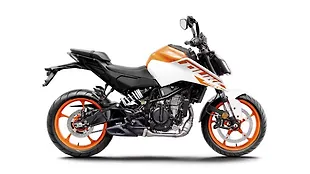
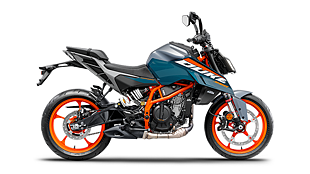





![KTM 390 Adventure X [2025] KTM 390 Adventure X [2025]](https://imgd.aeplcdn.com/272x153/n/cw/ec/190885/390-adventure-x-2025-right-side-view.jpeg?isig=0&q=80)